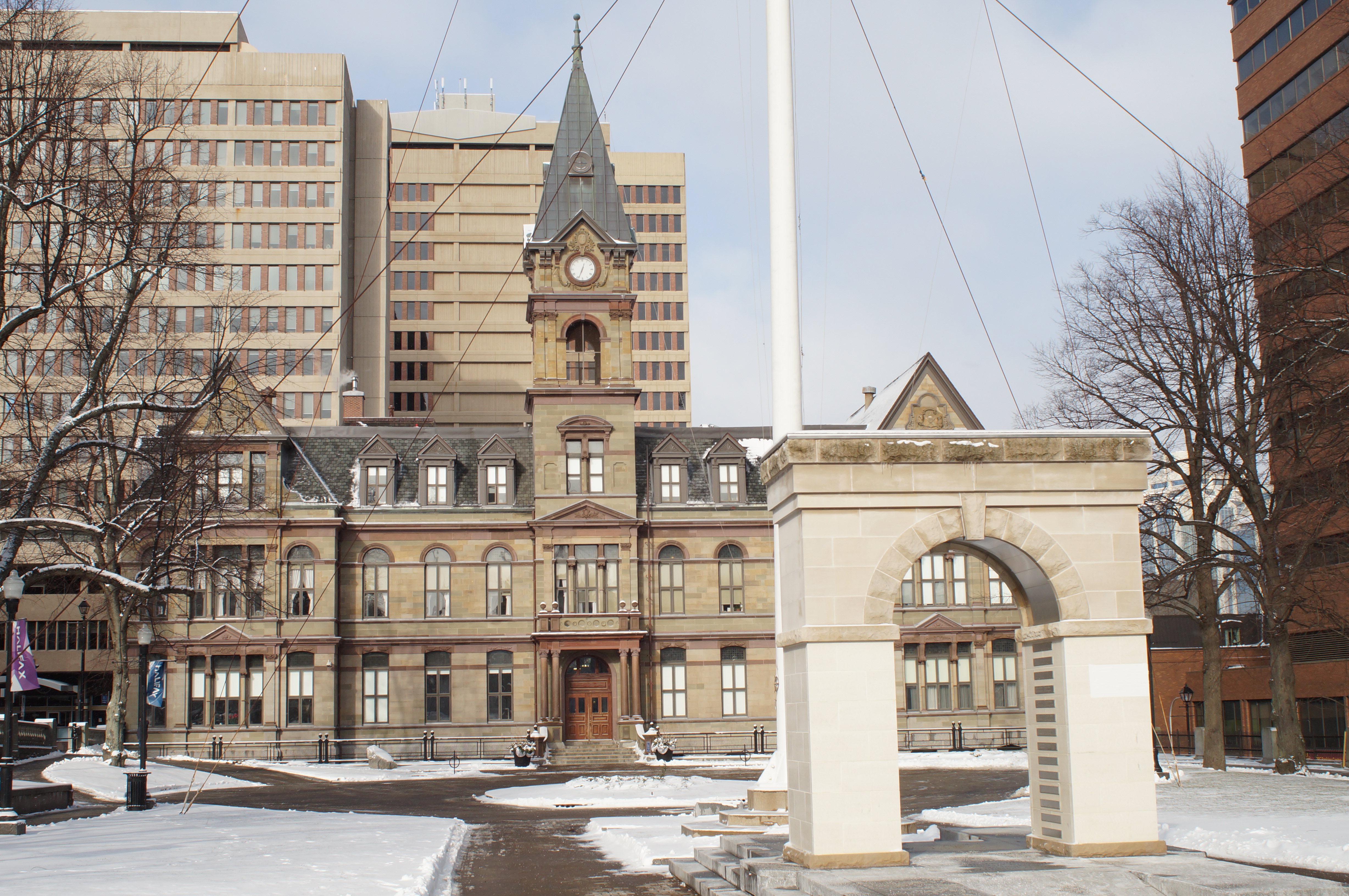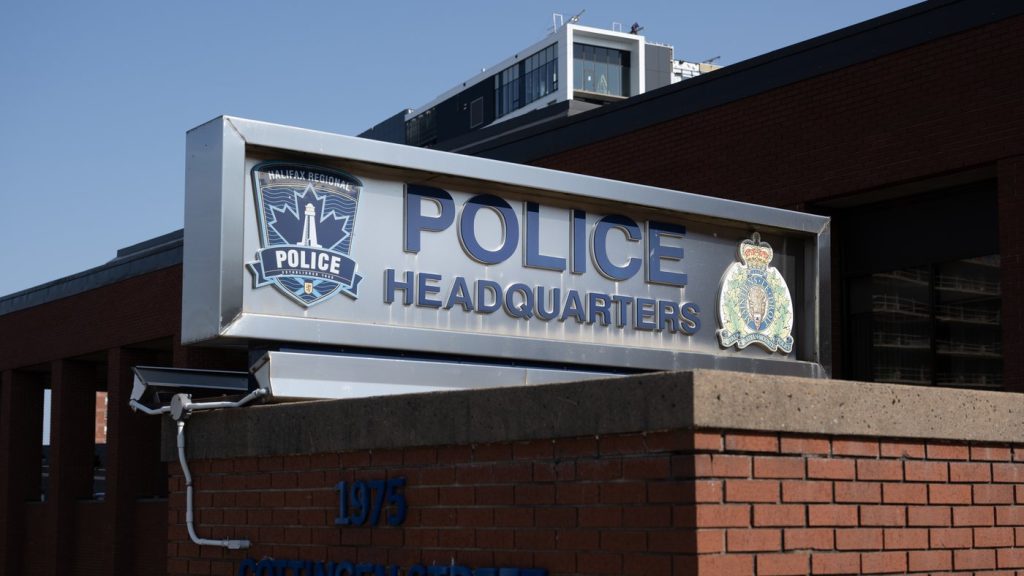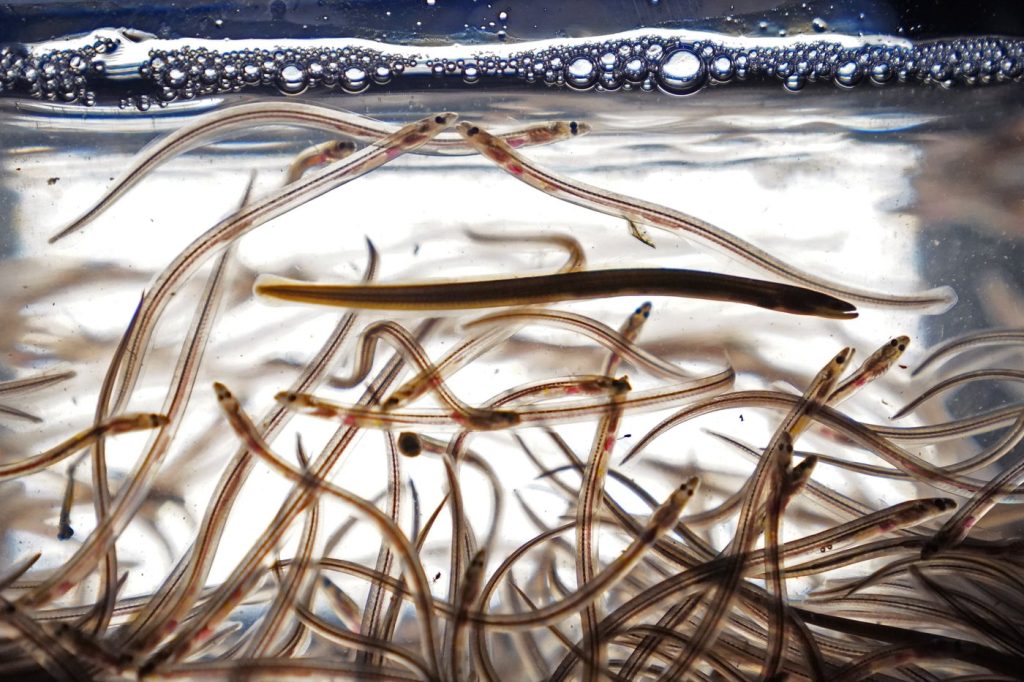Publication ban lifted on evidence excluded from high-profile Halifax murder trial
Posted Feb 16, 2023 07:05:26 PM.
HALIFAX — The case against a former Dalhousie University medical student accused of killing another student during a drug deal and dismembering his body is now in the hands of a jury.
And with the jury sequestered, a publication ban has been lifted on key evidence the 12 men and women did not hear, including a remarkable change in his account of how physics student Taylor Samson died.
The high-profile case in Nova Scotia Supreme Court is the second time William Sandeson has been tried for the fatal shooting of Samson in a Halifax apartment on Aug. 15, 2015.
Sandeson, 30, has pleaded not guilty to first-degree murder, claiming he shot the 22-year-old victim in self-defence and later dumped his intact body in a tidal river. Samson's remains have not yet been found.
In 2017, a jury found Sandeson guilty of the crime. He was automatically sentenced to life in prison with no chance of parole for 25 years.
But Sandeson's lawyer later argued his client's right to a fair trial had been violated because a private investigator employed by the defence team had given incriminating evidence to Halifax police — and that betrayal was not revealed until the trial started.
The Nova Scotia Court of Appeal decided the trial judge had erred by failing to declare a mistrial. The verdict was overturned in 2020 and a new trial ordered.
But the legal tussle didn't end there.
Before the second trial, Sandeson's lawyer, Alison Craig, argued that video recordings of Sandeson's three interviews with police in August 2015 should be excluded as evidence. Justice James Chipman, the new trial judge, agreed that two of them should be withheld because Sandeson's Charter rights had not been respected.
In order to ensure a fair trial for Sandeson, that decision dated May 31, 2022, and much of the evidence from the previous trial, was banned from publication until the jury was sequestered.
Chipman ruled that at the beginning of the second interview late on Aug. 18, 2015, Sandeson was under the impression he was facing a kidnapping charge. But the judge said it was clear that police already had reasonable grounds to suspect he had murdered Samson.
At that point, Sandeson should have been rearrested, reminded of his Charter rights and provided with another opportunity to speak with a lawyer, Chipman's ruling says. But that didn't happen until the third interview was almost finished the following day.
“The fact that the offer to re-consult with a lawyer came over 80 per cent of the way through the third interview was far too late,” Chipman said.
The excluded recordings show Sandeson offering police at least three different versions of what happened inside his apartment, none of which included the accused shooting Samson in self-defence.
In the first version, Sandeson claimed Samson didn't show up to complete the drug deal. By the final version, the accused was describing how three unidentified assailants in black bodysuits entered the apartment, shot Samson in the head and carried his body away.
“There was a lot of blood,” he told an officer in the video, insisting he didn't know the men were going to kill Samson. “They put him in the bag with the weed.” The video concludes with an officer telling Sandeson he will be charged with murder.
Sandeson did not testify during the first trial. During the second trial, which heard from its last witness Monday, Sandeson testified he had arranged to buy 20 pounds, or about nine kilograms, of marijuana from Samson in August 2015 for $40,000.
But he said he changed his plan when he was told Samson had arranged a home invasion and robbery targeting another drug dealer, who at the time owed Sandeson more than $13,000.
Sandeson said he brought his 9-mm semi-automatic handgun to the drug deal because he planned to confront Samson about the robbery. He insisted he had no intention of killing him. “I planned to use that gun to intimidate,” he told Crown prosecutor Carla Ball last week.
The court heard that on the night of the illegal transaction, Samson arrived with 20 bags of marijuana weighing one pound each. Sandeson said he took 15 bags and gave Samson $10,000 — shortchanging him by $20,000 to cover the loss from the earlier robbery.
He testified that soon after he showed Samson the gun, there was a violent struggle for the weapon, but Samson gave up and laughed. Sandeson said he pointed the pistol at Samson and ordered him to leave, but instead the victim lunged forward.
“I pulled the trigger,” Sandeson testified. “He stopped coming towards me.”
Sandeson said he disposed of the victim's body the next day by dumping it into a tidal river that feeds the Bay of Fundy, near his family's farm in Truro, N.S. He denied the Crown's assertion that the body was dismembered.
Ball suggested Sandeson was motivated to kill because he was mired in debt and was about to spend a small fortune on tuition and books as he was days away from beginning medical school at Dalhousie.
She said the cost of Sandeson’s medical tuition over four years was estimated at $112,000. And she reminded the jury that the accused had $78,000 outstanding on a line of credit.
“You were in debt, big time,” she told Sandeson during cross-examination.
Sandeson repeatedly denied the allegation, saying he was in good financial shape because of drug debts he was owed, a $7,000 student grant he had secured and the possibility that the cost of his education would be covered by the provincial government if he chose to practise in a rural community.
“I was under next to no financial pressure,” he told the jury last week.
Aside from his drug dealing, which he said was earning him about $8,000 a month by the summer of 2015, he also held three jobs, including part-time positions at two hospitals and at a home for the intellectually disabled.
But Ball argued that the drug trade had become increasingly important and more lucrative for Sandeson.
“You were entrenched in the drug trade,” Ball said, adding that Sandeson had already told the court he was selling drugs to a network of people, most of them Dalhousie athletes. Sandeson was also a varsity track athlete at the university.
Again, Sandeson disagreed, saying he was dealing in small amounts of drugs, including marijuana, magic mushrooms and MDMA, which is also known as ecstasy.
The court also heard that one text message Sandeson sent to a friend the day after Samson went missing read, “Student loan paid off and I am completely squeaky clean now.”
This report by The Canadian Press was first published Feb. 16, 2023.
Michael MacDonald, The Canadian Press








